Set Permitted Load
Purpose/Function:
By establishing an upper limit to a WWTP discharge limit, regulators can know the effluent loading will not change with time and associated population growth.
Initiation protocol:
The Maryland Department of the Environment is the responsible party for all things WWTP related.
Implementation Factors (level of difficulty):
Moderate to Difficult.
Funding Sources / Options:
The Maryland Department of the Environment has several load programs and grant funding sources to consider. Speak to them early in the process so they may assist with and capital investments and permit adjustments.
Costs:
This estimate is based on $ per MGD upgraded per year.
| Cost Estimates | MDE | Average |
| Initial | $6,234,000 | $6,234,000 |
| Annual | $83,500 | $83,500 |
| Lifespan (yrs) | 20 | 20 |
| Annualized | $395,200 | $395,200 |
Note: This estimate is based on “load reduced per MGD upgraded to ENR per year.” Load reductions were based on 2017 projected flows and comparing ENR permit concentrations to pre-ENR discharges. Costs were based on an analysis of capital costs for Maryland’s ENR upgrades as well as estimates for annual operation and maintenance costs.
Load Reduction Efficiency:
Total Nitrogen removed per ton of practice per year
|
Low 1,949.00 lbs. |
Medium 9,198.00 lbs. |
High 44,648.00 lbs. |
Cost per pound removed = between $9 and $203
Total Phosphorous removed per ton of practice per year
|
Low 305.00 lbs. |
Medium 1,553.00 lbs. |
High 3,046.00 lbs. |
Cost per pound removed = between $130 and $1,296
Total Suspended Solids removed per ton of practice per year = N/A
Cost per pound removed = N/A
Related Best Management Practices
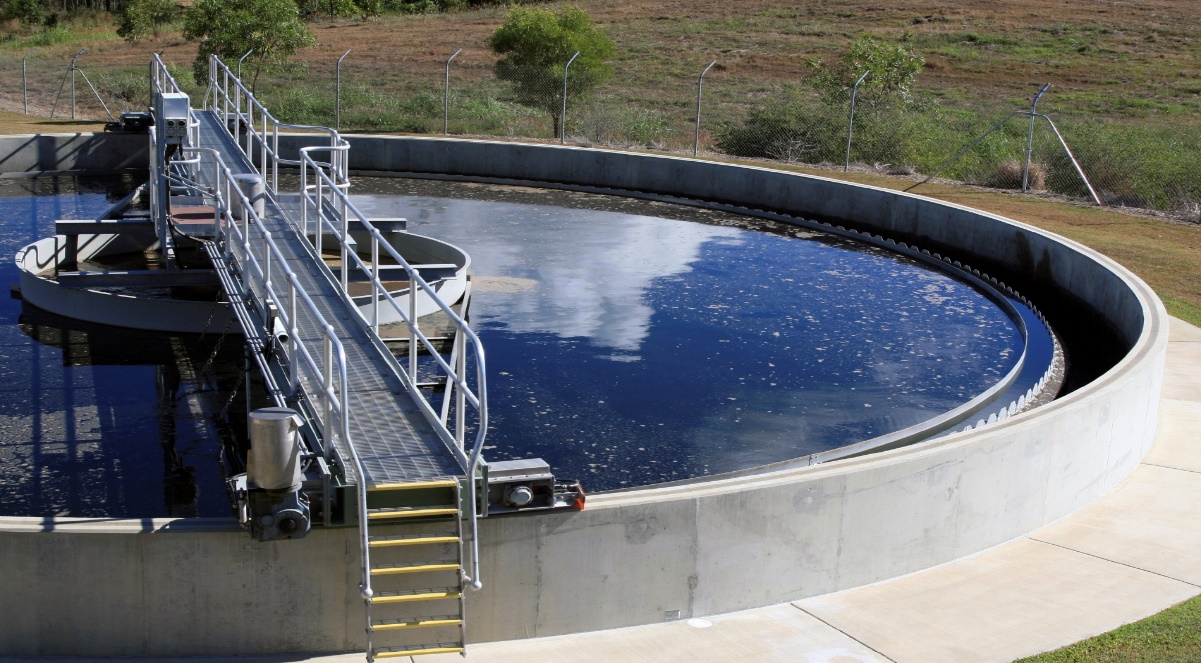
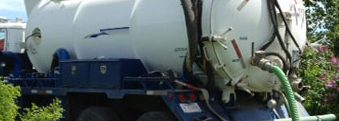


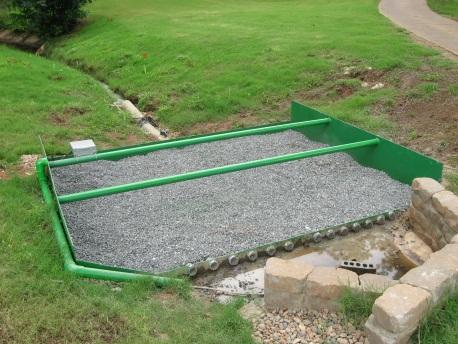
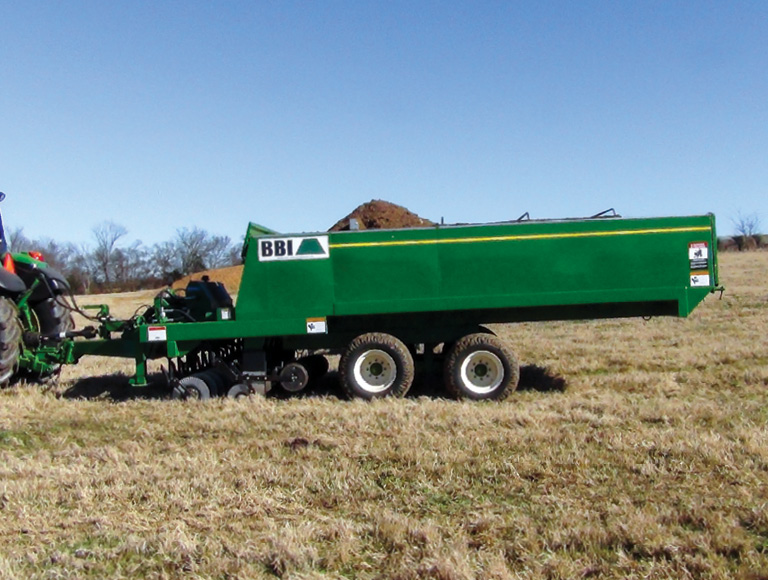
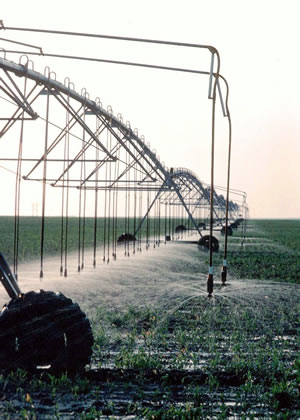
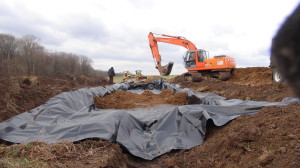




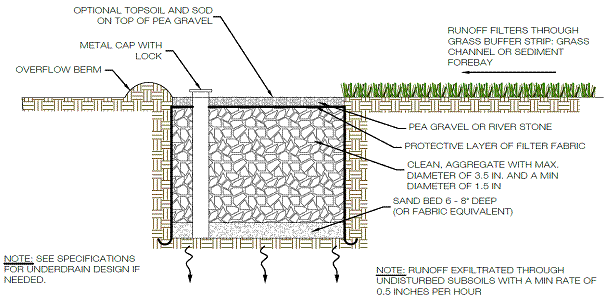
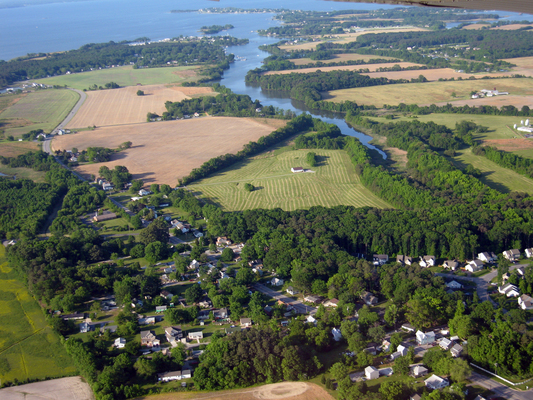
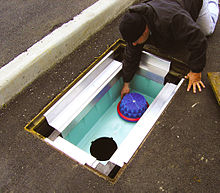
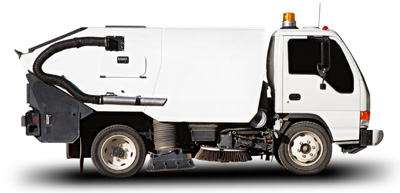
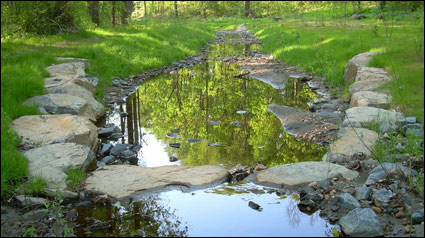
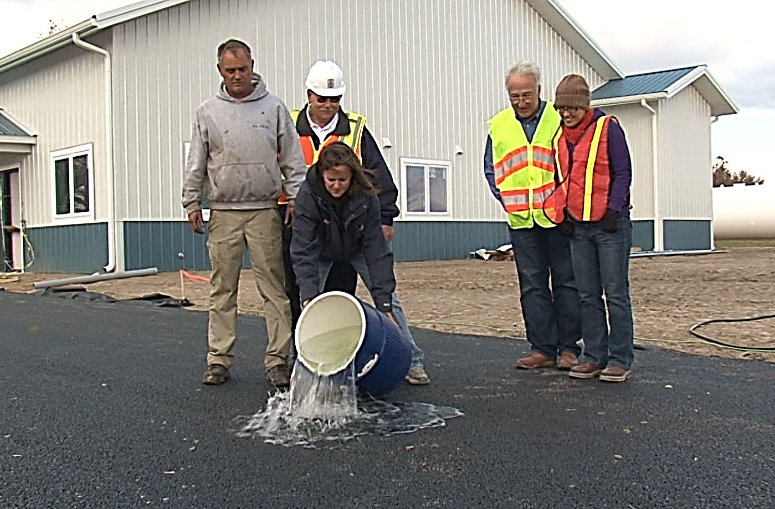
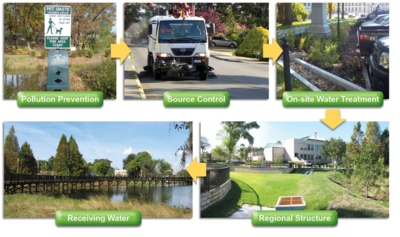
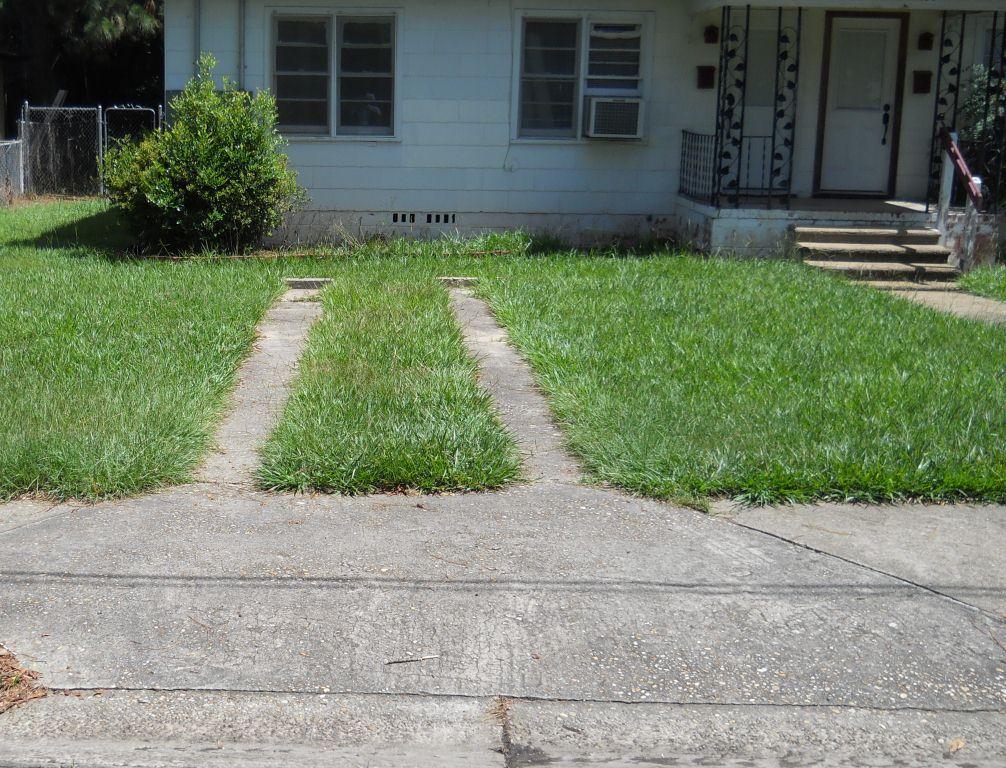

Feedback on This Best Practice